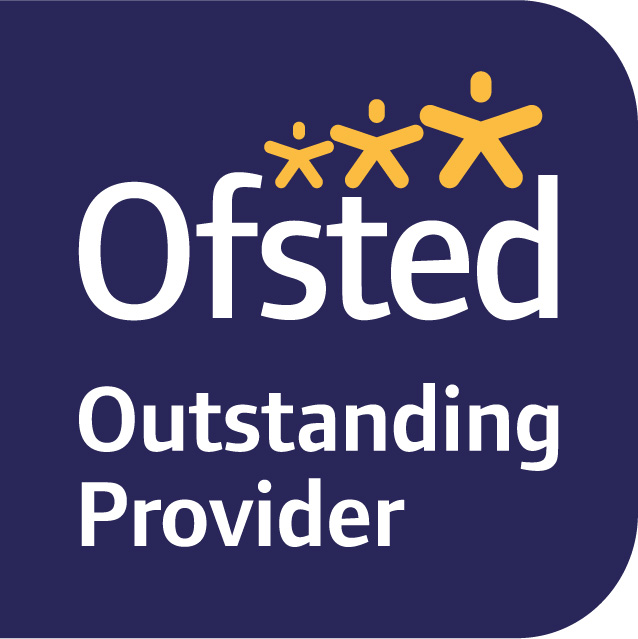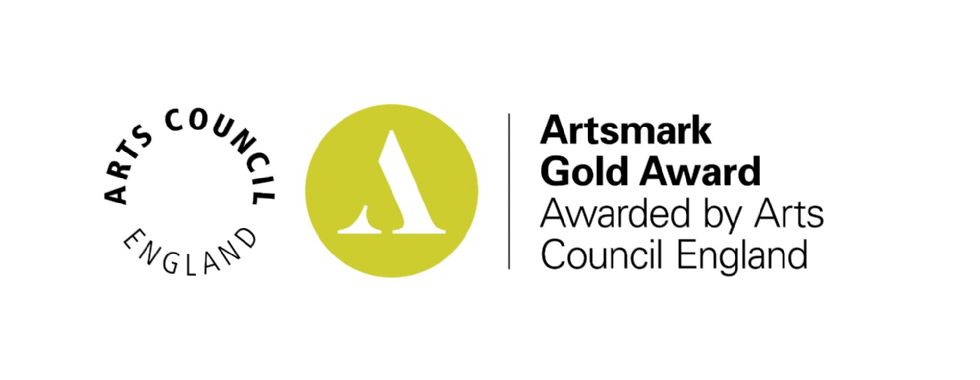Teaching and Learning
Commonly, students with ASC demonstrate the following characteristic learning and thinking styles:
- a relative strength in concrete thinking, for example, labelling shapes rather than describing their characteristics
- a preference for visually as opposed to orally presented materials, for example, written arithmetic rather than orally presented tasks
- a relatively slow speed of processing of orally presented materials leading to partial or incomplete understanding of a spoken instruction
- a relative strength in rote memory, for example, often displaying stronger reading skills through whole word learning than through phonics
- a strength in understanding visuospatial relationships, for example, puzzles.
- difficulties in abstract thinking, for example, inferring what a house in a tropical country might be like from knowledge of the climate
- difficulties in social cognition, for example, understanding what another person might think in a given situation
- difficulties in communication. Many people with ASC are reluctant writers; some ASC adults describe struggling to understand why they were expected to write down something they already knew
- unusual patterns of attention, for example, total absorption in a favourite activity and fleeting attention to something that is not preferred. The attentional pattern of a person with ASC has been described as being like a spotlight, focussed tightly on one particular area, as contrasted with the ambient lighting of a neurotypical attention pattern
Some implications of these characteristics for the teacher’s practice are listed in the table below:
|
PLANNING |
- Anticipate needing to make use of visual aids in the delivery of any taught component. - Plan for visual scaffolding around tasks to aid comprehension of what is expected, for example, using sorting, matching and other categorisation tasks. - Setting appropriately challenging targets for learning. - Provide instructions in a clear step by step way, using visual as well as auditory instructions. - Be clear about equipment and methodology involved in any task. - Clarify what will constitute completion of the task. |
|---|---|
|
SUBJECT KNOWLEDGE |
- Identify those areas of the curriculum that learners with ASC will find particularly problematic such as estimation, empathy and figurative language. - Link learning to student’s existing knowledge or area of interest. |
|
CLASSROOM MANAGEMENT |
- Ensure that delivery is sufficiently clear and visual to avoid sensory overload. - Use individualised approaches for engaging reticent students. - Provide individualised and meaningful positive feedback for engagement and achievement, for example, choosing time after the completion of a set task. - Encourage self evaluation of work to support self awareness. - Make use of individualised strategies to support emotion regulation. |
|
ASSESSMENT |
- Within B squared mark components of a particular level that the student will never achieve on account of their core ASC difficulties. - Ensure that assessment methodology maximises student’s ability to demonstrate skills or knowledge. - Make use of photographs and video to record achievement that has a transitory existence. - Be clear about the difference in assessment between skills and understanding, for example, the ability to complete an arithmetic task but not apply it to a practical situation. |




